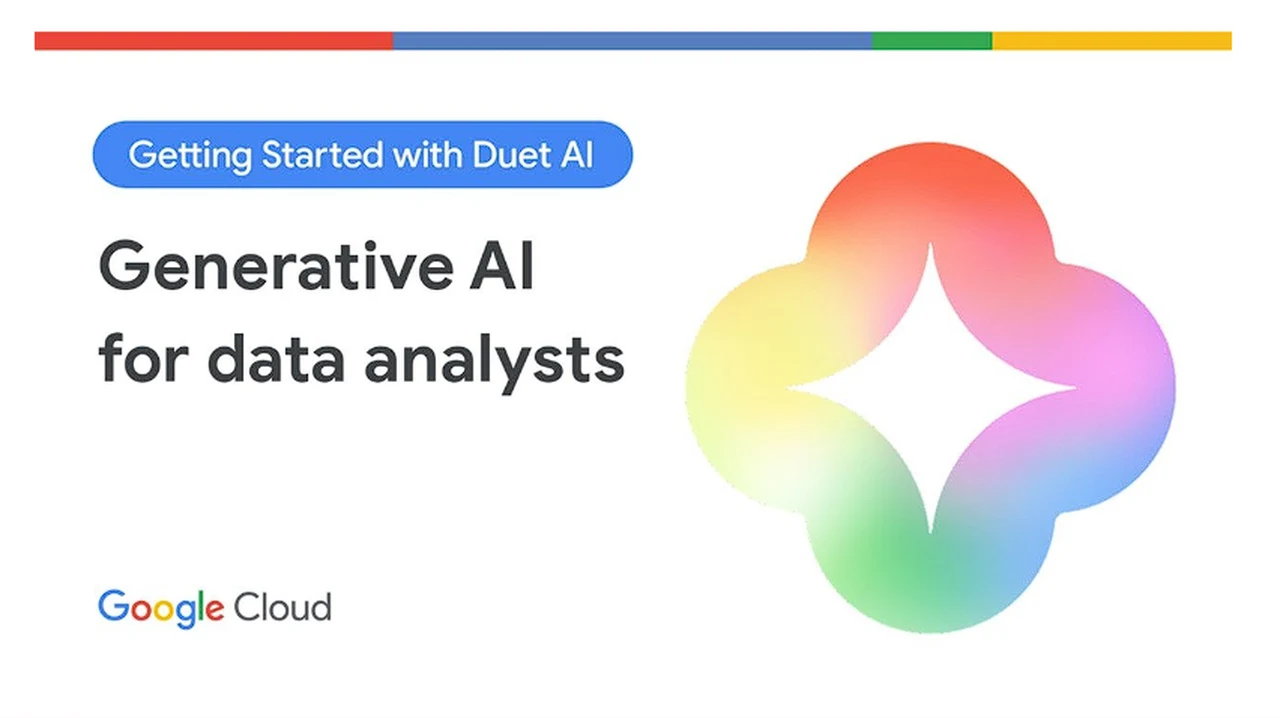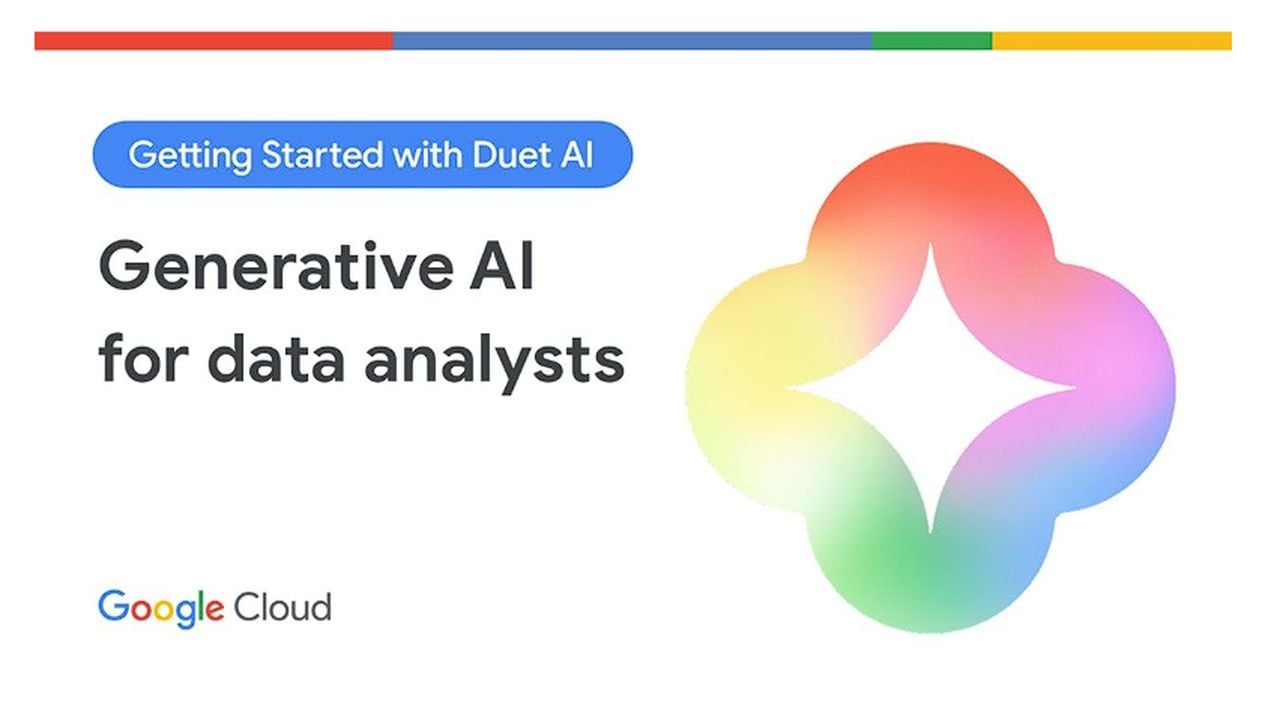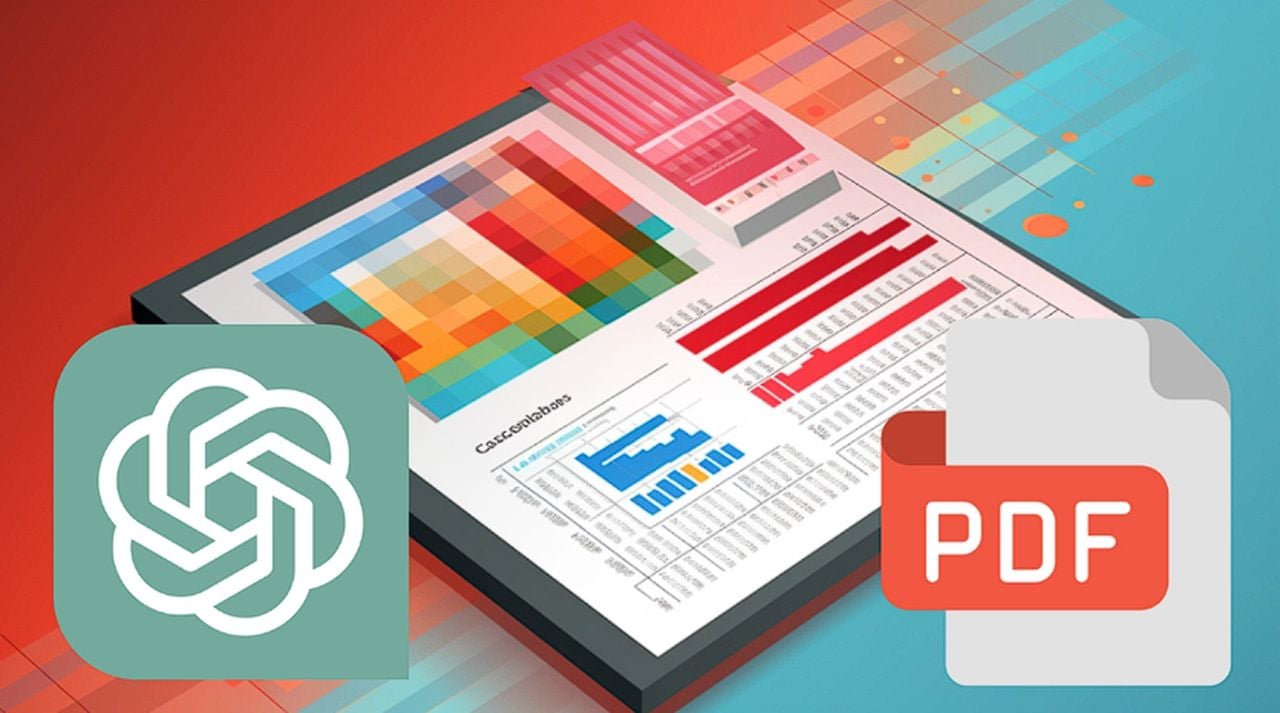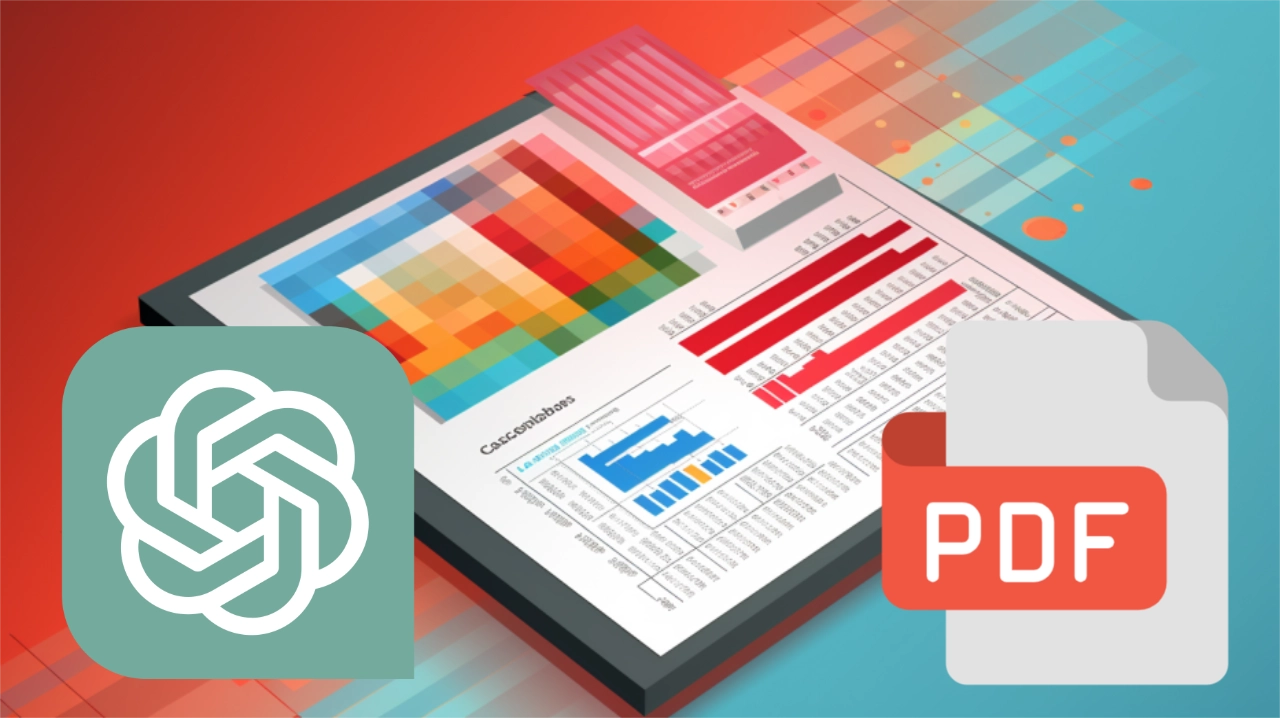
AI provides a fantastic opportunity for you to speed up the processes of trawling through spreadsheets and data to extract and collate important data metrics. In the fast-paced world of business, the ability to predict future trends is not just an advantage—it’s a necessity. To help ease your workload improve your productivity and increase accuracy Google Duet AI is definitely worth more investigation. Offering the combined strength of Google Cloud’s data capabilities and industry best practices to enhance your sales data analysis and forecasting efforts by harnessing the power of artificial intelligence.
BigQuery Studio
Imagine having and AI assistant that not only simplifies your data analysis tasks but also also offers the ability to create more accurate sales forecasts. This is where Duet AI shines, especially when used within the BigQuery Studio environment, a collaborative analytics workspace to accelerate data-to-AI workflows.
“BigQuery Studio addresses these challenges by bringing an end-to-end analytics experience in a single, purpose-built platform. It provides a unified workspace including a SQL and a notebook interface, allowing data engineers, data analysts and data scientists to perform end-to-end tasks including data ingestion, pipeline creation, and predictive analytics, all using the coding language of their choice. “
Using AI to analyze data and reports
Google Duet AI is designed to help you navigate through the sea of data, providing a user-friendly interface that makes it easier to understand and work with your sales information. As you dive into your data, Duet AI is right there with you, helping you to assemble the datasets that will form the foundation of your forecasting model. It guides you through the process, allowing you to quickly and efficiently sort through datasets and tables. This ensures that you have a solid grasp of the sales data at your fingertips, which is essential for accurate forecasting.
Here are some other articles you may find of interest on the subject of data analysis and report writing using AI tools :
Google Duet AI
With Duet AI’s expertise, you can execute pre-existing queries to identify key customers based on the average sale price. This insight into customer purchasing patterns and sales effectiveness is invaluable. Then, you can move on to create a new query to determine daily sales per product, laying the groundwork for your time series analysis.
The process of constructing sophisticated queries is made significantly easier with Duet AI’s query generation feature. This not only boosts your efficiency but also ensures the accuracy of your data collection process. When it comes to developing your time series forecasting model, you’ll likely choose the ARIMA_PLUS algorithm. This method is particularly adept at handling seasonality, trends, and other patterns in sales data, making it a top choice for analysts like you.
Google Duet AI simplifies the use of the ARIMA_PLUS algorithm, allowing you to focus on analyzing the data rather than getting bogged down by the complexity of query construction. The ARIMA_PLUS model is a powerful forecasting tool that can capture various elements in your sales data, providing a sophisticated and precise predictive model.
AI data analysis
Once your forecasting model is in place, you’ll be able to extract forecasts that show anticipated sales. To make these forecasts understandable and actionable for your team, you can turn to Looker Studio. This tool transforms complex data into clear visualizations, making it easier for everyone to grasp the information and make informed decisions.
One of the greatest advantages of using Duet AI is the efficiency it brings to your workflow. The BigQuery Studio console becomes a unified analytical environment where you can handle everything from data exploration to model development. This saves you time and allows you to focus on generating insights that will drive your sales team to success.
As you delve into the intricacies of sales data analysis and forecasting, Duet AI proves to be a reliable partner. It streamlines the journey from query generation to model development, all within the familiar confines of BigQuery Studio. By leveraging the power of the ARIMA_PLUS algorithm and the visualization capabilities of Looker Studio, you are well-equipped to deliver precise, actionable sales forecasts that can have a significant impact on your company’s future.
Filed Under: Guides, Top News
Latest timeswonderful Deals
Disclosure: Some of our articles include affiliate links. If you buy something through one of these links, timeswonderful may earn an affiliate commission. Learn about our Disclosure Policy.







